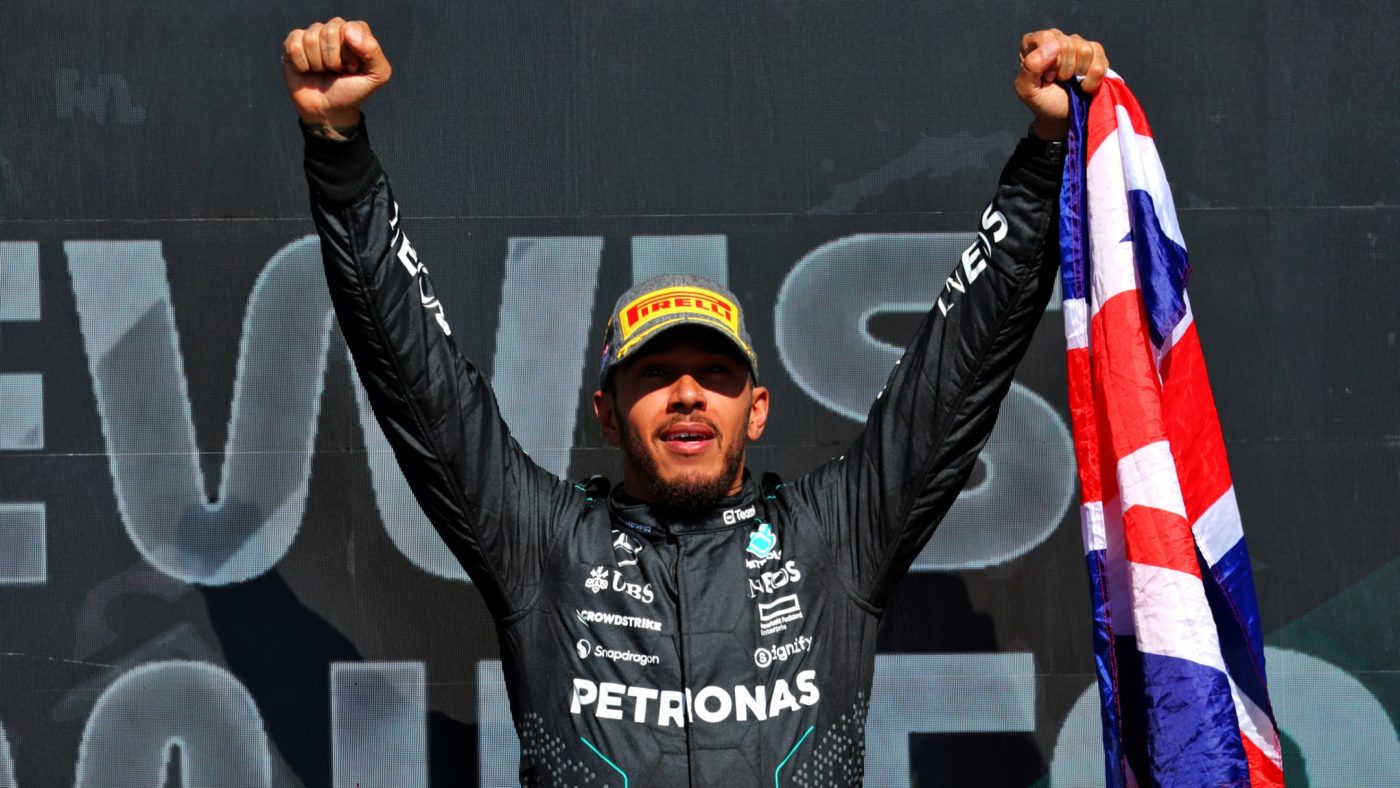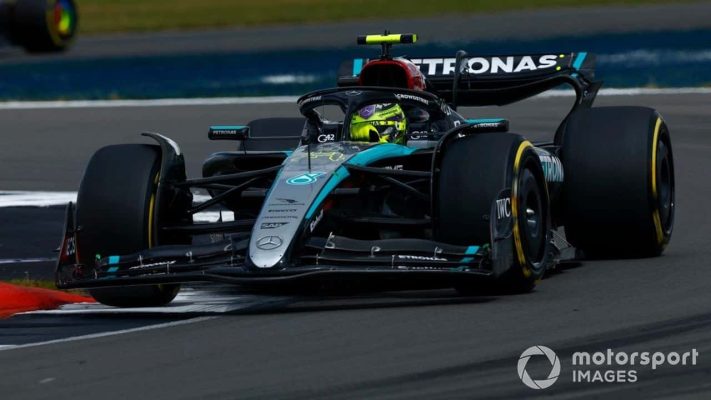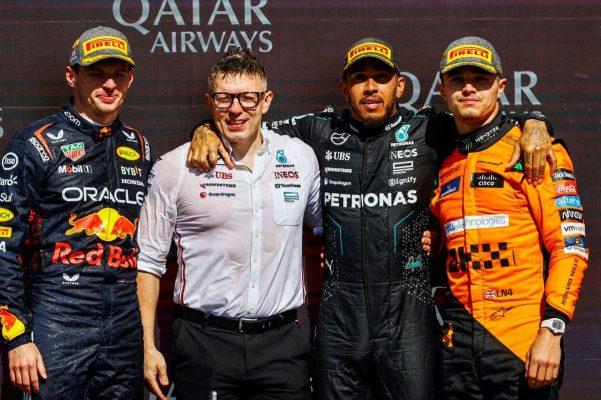Uncategorized
Hamilton’s Triumph at Silverstone Signals a Shift in F1 Dynamics
In the wake of Lewis Hamilton’s electrifying victory at the British Grand Prix, Formula 1 finds itself in the midst of a thrilling transformation. Just a year ago, Red Bull Racing dominated the season with an unprecedented display of superiority, winning all ten races and commanding a massive lead in the constructors’ championship. Fast forward to 2024, and the landscape has dramatically shifted.
Despite retaining their top spot in the standings, Red Bull’s once-unassailable lead has dwindled to a mere 71 points. Their once-unmatched consistency has been disrupted by a resurgent Mercedes and a competitive McLaren, each taking turns challenging for race wins and podiums. This shift was starkly evident at Silverstone, where Hamilton’s victory marked a milestone in the season.
The British Grand Prix showcased a spectacle of racing prowess and strategic acumen. While Max Verstappen drove admirably to secure second place, the performance underscored Red Bull’s diminishing edge. Throughout the weekend, the Red Bull struggled for pace, highlighting their descent from the pinnacle of dominance they enjoyed in the previous season.
The race itself was a testament to the evolving competitive landscape of Formula 1. Mercedes demonstrated resilience and tactical savvy, adapting to changing track conditions and maximizing their car’s performance advantage. McLaren, too, showcased impressive speed, particularly in wet conditions, challenging both Mercedes and Red Bull throughout the race.
Hamilton’s victory was not just a triumph on the track but a symbolic moment in the season. It marked his first win in over 900 days, reinforcing his status as a seven-time world champion capable of seizing opportunities amidst changing fortunes. His strategic decisions throughout the race exemplified the maturity and experience that have defined his illustrious career.
Beyond Hamilton’s personal triumph, Mercedes’ resurgence in recent races has been a focal point. From struggling to compete early in the season, they have now clinched consecutive victories, showcasing improved pace and reliability. George Russell’s unexpected win in Austria and Hamilton’s authoritative performance at Silverstone highlight their growing competitiveness and ability to challenge for top honors once again.
The broader narrative of the 2024 season is one of unpredictability and fierce competition at the front of the grid. What was once a near-certainty of Red Bull and Verstappen dominating every weekend has given way to a thrilling unpredictability. With multiple teams and drivers vying for victories, each race weekend promises excitement and uncertainty, captivating fans and redefining expectations for the sport.
Looking ahead, the dynamics of the championship race remain open. While Red Bull maintains a lead built on early-season dominance, the competitive resurgence of Mercedes and McLaren ensures that no victory is guaranteed. Ferrari, despite recent setbacks, remains a wildcard with potential for resurgence.
In conclusion, Hamilton’s victory at Silverstone represents more than just a race win—it symbolizes a shift in Formula 1’s competitive balance. The sport has moved past the era where one team and driver could dominate, ushering in an era of thrilling uncertainty and fierce competition. As the season progresses, fans can anticipate more thrilling races and unpredictable outcomes, making Formula 1 more exhilarating than ever before.
Get more update in Belcesly!!




